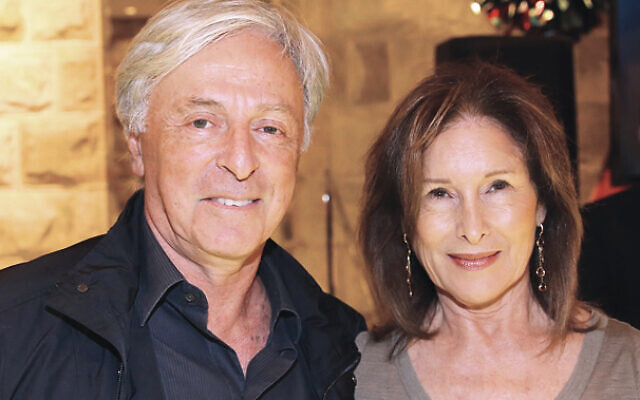A quantum leap
Researchers at the Israeli Technion University’s Robert and Ruth Magid Electron Beam Quantum Dynamics Laboratory have developed a microscope that records the flow of light.
A SCIENTIFIC breakthrough at an Australian-funded laboratory in Israel has seen the development of a microscope that can record the flow of light, with scientists predicting it could be used, among other key advances, to sharpen the resolution of screens on mobile phones, TVs and other devices.
The discovery – made at Technion’s Robert and Ruth Magid Electron Beam Quantum Dynamics Laboratory – was announced by Professor Ido Kaminer and his team. The laboratory is funded by proprietor of The AJN, Robert Magid and his wife Ruth.
Kaminer said the experiments were performed using a unique ultra-fast transmission electron microscope, the most versatile of a handful that exist in the scientific world. The breakthrough, developing a quantum microscope that records the flow of light, enables the direct observation of light trapped inside a photonic crystal.
“We have developed an electron microscope that produces what is in many respects the best near-field optical microscopy in the world. Using our microscope, we can change the colour and angle of light that illuminates any sample of nano materials and map their interactions with electrons, as we demonstrated with photonic crystals,” explained Kaminer.
This breakthrough is likely to have an impact on numerous potential applications, including the design of new quantum materials for storing quantum bits with greater stability. Similarly, it can help improve the sharpness of colours on mobile phones and other kinds of screens.
“It will have an even wider impact once we investigate more advanced nano/quantum materials,” said Kaminer. “We have an extremely high-resolution microscope and we are starting to explore the next stages.
“For example, the most advanced screens in the world today use QLED technology based on quantum dots, making it possible to control colour contrast at a much higher definition. The challenge is how to improve the quality of these tiny quantum dots on large surfaces and make them more uniform. This will enhance screen resolution and colour contrast even more than current technologies enable.”


comments